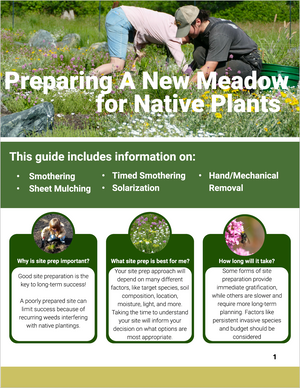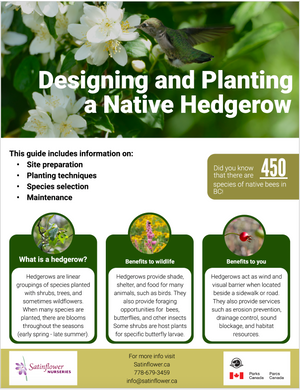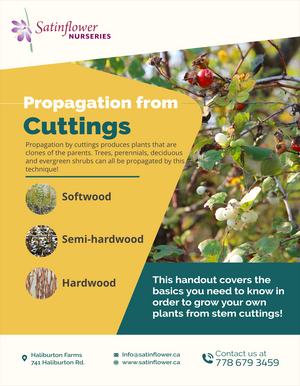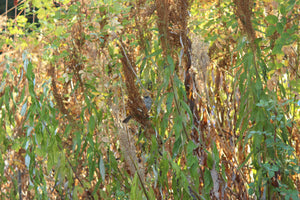How can I give my seed mix the best chance of success?
Great question! Timing is critical, we suggest an early fall sowing (September) for best results and in some cases early spring (Feb or early March). An early fall sowing and establishment for native species allows the plants to follow the natural fall and winter cycle. When hard frosts come, they have had a chance to put down roots that will anchor them. Otherwise, they can be forced out of the ground as water in the soil crystallizes and expands (called frost-heaving), forcing the seedlings up and out. In severe winter weather, particularly dry cold, this can still happen, but better-established plants are more resilient.
Sowing in early fall also allows for a short growing window after germination because the weather is still warm enough..
Slopes are a good example where the early establishment is necessary to prevent erosion/runoff and to prevent the seeds from washing down the slope in rain events. If they have a chance to establish roots before the rain events, then they are anchored safely. Establishment takes time and requires patience. Once seeded, the area should be protected from trampling by dogs, people, and deer. We recommend staying completely off the newly seeded area for 8 months to a year.
- Tags: FAQ
- Satinflower Nurseries




